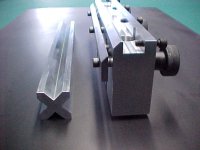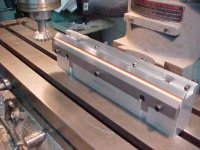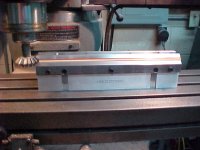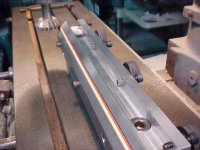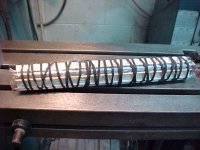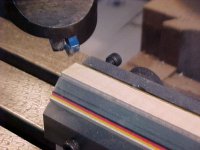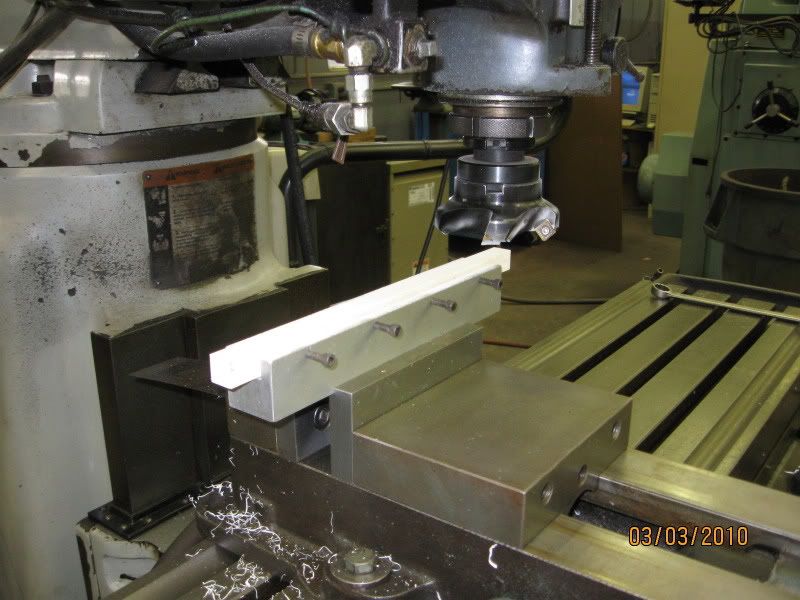The fixture is for use on a milling machine.The stops will adjust to hold veneer stacks .3125 to .750 wide and 0 to .200 thick.The opening in the top is for milling point stock square.The other fixture is to hold and clamp the miters together while being glued.I will post some pictures of them in use tomorrow.
